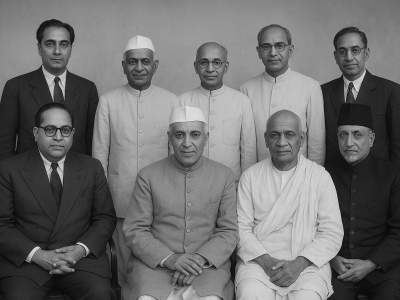Leap Year

Every four years, our calendars undergo a subtle but significant adjustment: the addition of an extra day to the month of February. This phenomenon, known as a leap year, serves a vital purpose in keeping our calendar aligned with the Earth's orbit around the Sun. Let's delve into the intricacies of leap years and understand why they are essential in the fabric of timekeeping.
Origins and History:
The concept of leap years dates back to the ancient civilizations, with early attempts to synchronize lunar and solar calendars. However, it wasn't until the time of Julius Caesar and the development of the Julian calendar that a systematic approach to leap years emerged. In the Julian calendar, a leap year occurred every four years without exception.
The Gregorian Calendar:
Despite the effectiveness of the Julian calendar, it gradually drifted out of sync with the solar year due to a slight overestimation of the length of a year. By the 16th century, this discrepancy had accumulated, leading to confusion in determining the date of Easter, a significant event in the Christian calendar.
To address this issue, Pope Gregory XIII introduced the Gregorian calendar in 1582, refining the leap year rule. Under the Gregorian calendar, a year is a leap year if it is divisible by 4, except for years divisible by 100. However, years divisible by 400 are still considered leap years. This adjustment ensures a more accurate alignment of the calendar with the solar year.
Mechanics of Leap Years:
The basic principle behind leap years lies in the Earth's orbit around the Sun. While our calendar comprises 365 days, the solar year—the time it takes for the Earth to complete one orbit around the Sun—is approximately 365.2425 days. This fractional difference accumulates over time, leading to a misalignment between the calendar year and the astronomical year.
To compensate for this discrepancy, an extra day is added to the calendar every four years. This additional day, February 29th, effectively brings the calendar back in sync with the solar year. However, the caveat of excluding certain years divisible by 100 (unless they are also divisible by 400) ensures that the calendar remains sufficiently accurate over longer periods.
Significance and Cultural Impact:
Leap years hold both practical and cultural significance across the globe. From a practical standpoint, they ensure the consistency of various systems reliant on accurate timekeeping, such as financial schedules, astronomical observations, and seasonal events.
Culturally, leap years have inspired folklore, traditions, and superstitions. In many cultures, leap day is associated with peculiar customs, such as women proposing to men, a reversal of traditional gender roles, or considering it an unlucky day for major life events.
Leap years stand as a testament to humanity's ingenuity in reconciling the complexities of timekeeping with the natural rhythms of the universe. By incorporating an additional day into our calendar every four years, we maintain synchronization with the Earth's orbit around the Sun, ensuring the seamless progression of time. As we mark each leap year, let us appreciate the delicate balance between precision and tradition that underpins our understanding of time.









